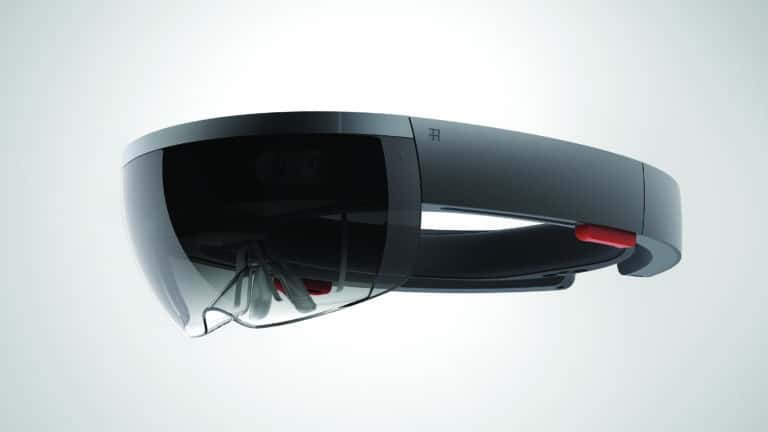
Smart glasses are the fully realized — albeit farther off — vision for augmented reality. Meanwhile, most of the action in terms of sheer scale will be with smartphones.
At least that’s the case in consumer markets. Enterprise will adopt glasses sooner due to a clearer ROI story (reduced assembly time, greater output, etc.) and lack of stylistic barriers that we see in consumer markets. Google glass is making a bit of a comeback by applying this same principle.
Speaking of Google Glass, it’s a monocular format as opposed to binocular glasses like Hololens or ODG. That carries some advantages including less obtrusiveness. But it comes at a cost — less immersion, fidelity and depth, given the stereoscopic way that humans perceive depth.
There are also economic considerations, especially at early stages of AR when components are relatively expensive (this will change). For all these reasons, monocular glasses will outnumber binocular glasses according to ABI Research. That should be the case for the next 2-3 years.
Around 2021, binocular will pull ahead and have a majority share. We buy this projection, and believe the share gain will result from falling cost and rising cultural acclimation (especially for consumers). Unfortunately there isn’t a smartglasses format that let’s us see the future.

Disclosure: ARtillry has no financial stake in the companies mentioned in this post, nor received payment for its production. Disclosure and ethics policy can be seen here.
Header image credit: Microsoft
